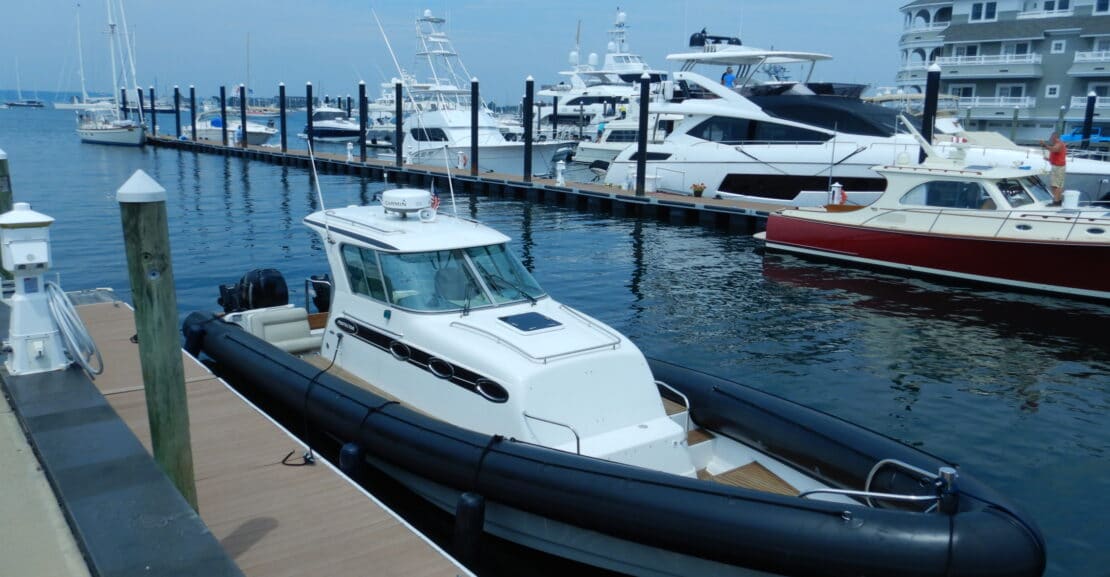When it comes to boats these days, “supersize me” seems to be the trend. This year saw introductions of a 53-foot center console with quadruple 557-hp engines strapped to the stern, a 31-foot pontoon boat with triple 300-hp outboards and a few big sportfishing yachts powered by as many as 5,200 ponies.
Even rigid hull inflatables seem to be getting in on the “bigger is better” action. A Google search shows 24- to 46-foot center console and enclosed pilothouse RIBs with as much as 1,200 hp and top speeds near 70 mph. Impressive, but can these big-boy RIBs perform as well as traditional fiberglass boats?
That’s what we aimed to find out by running three models from 30 to 36 feet — two pilothouse boats and a center console. But before we get ahead of ourselves, let’s look at the reasons you might want to consider a RIB over a traditional fiberglass hull.
First and foremost, all that air in the tubes (also known as sponsons) makes for an innately stable craft with lots of reserve buoyancy. That not only means less rolling in a sea or when folks hop aboard, but the buoyancy also provides enhanced cornering performance. Force a big RIB hard into a turn, and those tubes “push back” and engage, allowing tighter, more aggressive cornering at higher speeds. They also help to deflect spray, keeping passengers dry. Safety is another factor worth considering. Even a RIB that has taken on water from hull damage or swamped because of mechanical failure can remain afloat, thanks again to those inflatable tubes.
Original Article – https://www.soundingsonline.com/features/rigid-hull-inflatables-bigger-is-better










